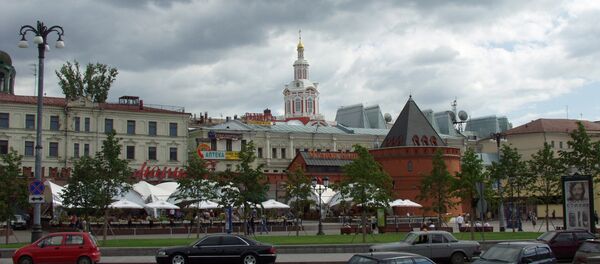The wall ruins, unearthed by researchers of the archeological institute of Xinjiang Uygur Autonomous Region during a scientific expedition, allegedly belonged to one of the capitals of the ancient Kingdom of Loulan. The remains of the settlement were found 57.5 kilometers south of another Loulan city, which was rediscovered in 1900 by Swedish adventurer Sven Hedin.
For the first time, this prosperous kingdom and its oasis settlements were mentioned in historical sources in the second century BC. The Kingdom of Loulan, which is often dubbed the Oriental Pompeii, was an important stop on the Silk Road. Later, its lands were abandoned due to desertification, and now the entire region is filled with sand.
Not far from the settlement, scientists have also found burial places with a number of artifacts, such as copper mirrors, combs, plates and other funerary items. Two tombs had well-preserved remains of brocade, which means that Loulan aristocrats could have been buried there.



